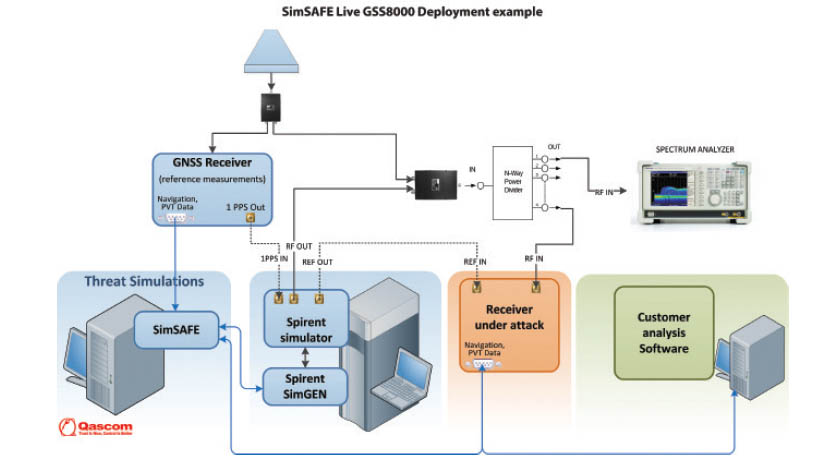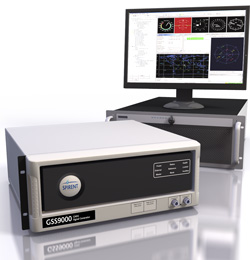
Spirent Communications today (February 11, 2014) announced the introduction of Spirent
SimSAFE, a software solution that concurrently simulates legitimate GNSS
constellations and spoofed or hoax signals to evaluate receiver
resilience and help develop counter-measures.
Spirent developed
the software in conjunction with Qascom. Based in Bassano del
Grappa, Italy, Qascom offers services and solutions for GNSS signal
security and authentication.
Spirent Communications today (February 11, 2014) announced the introduction of Spirent
SimSAFE, a software solution that concurrently simulates legitimate GNSS
constellations and spoofed or hoax signals to evaluate receiver
resilience and help develop counter-measures.
Spirent developed
the software in conjunction with Qascom. Based in Bassano del
Grappa, Italy, Qascom offers services and solutions for GNSS signal
security and authentication.
According to Spirent, SimSAFE is a
fully controllable laboratory based, non-radiated test solution to
evaluate a receiver’s response to a wide range of spoofing attacks. The
test tool generates simulated spoofing attacks that can be aligned with
genuine signals from an antenna or locally generated “genuine” signals
using a Spirent GNSS simulator. This allows users to simulate a wide
range of sophisticated attacks, monitor the response of the receiver
under attack, and evaluate the effectiveness of proposed countermeasures
to then improve resilience against such attacks.
As GNSS become
increasingly embedded in modern infrastructure for application timing
and device positioning, the opportunities for interference and spoofing
attacks become greater. Hoax or spoofing attacks work by mimicking
genuine GNSS signals, which mislead GNSS receivers. Often affected
receivers do not recognize when they are receiving fake signals and
continue to operate normally, but provide false time or position
information.
“GNSS signal vulnerability is becoming a
significant issue,” said John Pottle, Marketing Director of Spirent’s
Positioning Division. “SimSAFE is . . . unique in being able to provide a
means of both emulating a spoof attack and monitoring a receiver under
attack to evaluate mitigation strategies and countermeasures.”
For more information on Spirent SimSAFE, visit <http://www.spirent.com/Products/SimSAFE>.






